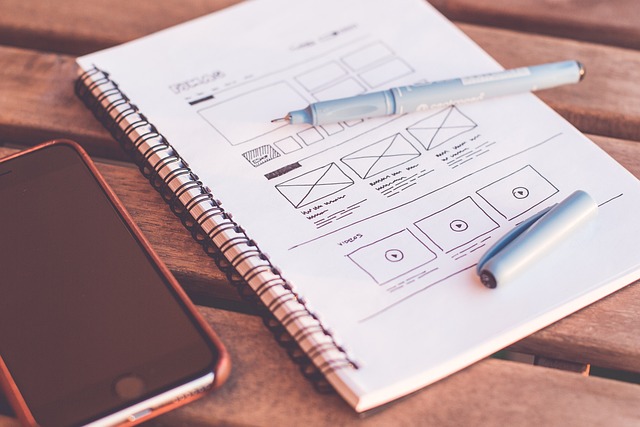
Users today expect seamless experiences, and a well-designed navigation system can be the difference between an app they love and one they delete. Understanding the latest trends, tools, and best practices is essential for any product designer looking to stay ahead of the curve. Let’s look at how you can design navigation that feels natural, using modern methods and proven techniques.
Understanding User Behavior
Before diving into design specifics, it’s important to grasp how users interact with apps. Modern app users are impatient, with studies showing that 53% of mobile site visits are abandoned if pages take longer than three seconds to load (Google, 2020). This impatience extends to navigation. Users won’t stick around to figure out complicated menus. They want simplicity and speed. Leveraging data from tools like Google Analytics and Hotjar can help you understand your users’ behavior. By analyzing which paths users take and where they drop off, you can start shaping a navigation system that aligns with their expectations. The concept of “thumb-friendly” design, where key elements are placed within easy reach of the user’s thumb, is particularly crucial. The rise of larger smartphones makes this even more important. When designing navigation, consider tools like Figma or Adobe XD, which allow you to prototype and test your ideas in a user-friendly way. Testing with real users is key. Platforms like UserTesting or Lookback can give you the insights you need to tweak your designs based on actual user feedback.
Predictive Design and AI
Predictive design is one of the latest trends reshaping mobile app navigation. By anticipating user needs and suggesting actions, apps can create a smoother experience. AI plays a big role here. Spotify, for instance, uses AI to recommend playlists based on listening habits, and this same technology can be applied to navigation. AI-driven interfaces can adapt in real-time, learning from user interactions and offering shortcuts to frequently used features. This not only enhances user experience but also reduces the time it takes for users to find what they need. For designers, integrating AI into navigation might sound complex, but tools like TensorFlow Lite make it accessible even for those without deep AI expertise.
Card Sorting and Information Architecture
Before you even start sketching out your navigation, you need to get your information architecture (IA) in order. Card sorting is a simple yet effective technique for organizing content in a way that makes sense to users. Tools like OptimalSort or XSort help you see how real users categorize information, which can guide you in structuring your menus and navigation paths. A clear IA is the backbone of intuitive navigation. Without it, even the most beautiful design will fall flat. When organizing your app’s content, think about the user’s goals. What are they here to do? Design your navigation to make these tasks as easy as possible.
What’s Working in 2024
Keeping up with trends is vital for staying relevant. In 2024, certain navigation styles are standing out. Bottom navigation bars, for example, have become increasingly popular, especially for apps with fewer primary navigation options. This layout is thumb-friendly and keeps key actions within easy reach. Google’s Material Design guidelines emphasize the importance of this layout, and apps like Instagram and WhatsApp have perfected it. Another trend is the use of gesture-based navigation. Swiping gestures, which were popularized by Apple’s iOS, are becoming a standard across many apps. However, this requires careful implementation. Not all users are familiar with advanced gestures, so it’s crucial to offer visual cues or alternative methods to access the same features.
Micro-Interactions: Enhancing the User Experience
Micro-interactions are those subtle animations and responses that occur when users interact with your app. Think of the little bounce when you pull down to refresh in an app or the satisfying click of a button animation. These small details can make your navigation feel more responsive and polished. Tools like Framer or Principle are great for designing and testing micro-interactions. When used correctly, micro-interactions can guide users through your app, making the navigation feel more intuitive. However, be cautious with overuse. Too many animations can slow down the app and frustrate users, so it’s all about finding the right balance.
Testing and Iteration
Even the best-designed navigation needs testing. It’s a continuous process of refinement. Once you’ve designed your navigation, use A/B testing to see which versions perform better. Tools like Optimizely or Firebase’s A/B testing platform can help you gather data on user preferences. Also, don’t overlook the importance of accessibility. Ensure your navigation is usable by everyone, including those with disabilities. Testing with assistive technologies like screen readers is essential. And remember, what works today might not work tomorrow. Regularly revisit and update your navigation to keep it aligned with current user expectations and technology advances.
For more insights into mobile app design and best practices, you can check out Google’s Material Design and Spotify’s AI-driven approach to user experience. These resources offer valuable perspectives and can help you stay on top of the latest trends in the industry.